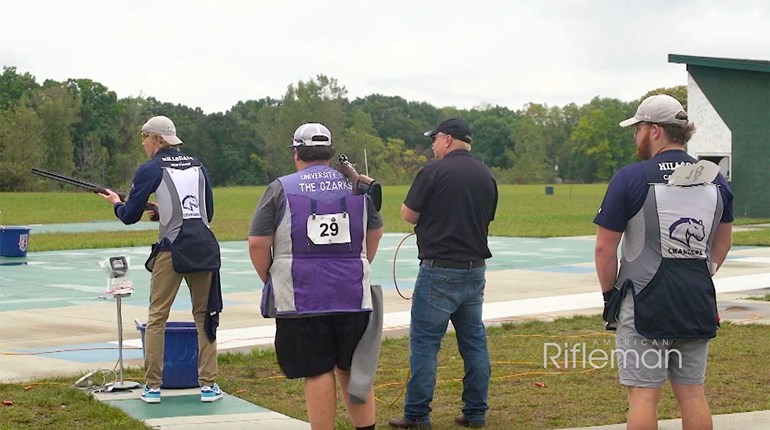
It seems whenever state biologists consider a new hunting season—whether for bears, doves or, in Utah's recent case, crows—the anti-hunters turn out in force. It doesn't matter how sound the proposal is from a conservation standpoint, "animal rights" activists are determined to stop it.
Here's a letter from one such individual that's unintentionally quite funny. The anti's loosely assembled points are:
• "Crows are not a threat to mankind."
So true. Isn't it great that they'll benefit from the increased interest and conservation dollars that hunting will generate?
• "The division...is ignorant of how crows fit into the ecosystem."
According to Utah's migratory game bird coordinator, the proposal was made to "control a growing population." Crows eat, among other things, eggs. When they become overpopulated, the ramifications for other species are obvious.
• "It can be hard to reliably distinguish between the American crow and federally protected American raven."
Hunters do fine identifying snow geese versus swans, American black ducks versus hen mallards and more.
• "Crows tend to roost in urban areas, which would make hunting them a dangerous activity for city dwellers."
No need to rebut this one—I included it because it makes me laugh.
In any event, logic prevailed and the anti's lost. September 1-30 marked the start of crow season in Utah. So, what was the result? Turns out the heated debate that the hunt inspired was much ado about nothing.
"I've only heard of one [crow killed]," Blair Stringham, migratory game bird coordinator for the Utah Division of Wildlife Resources, told the Salt Lake Tribune.
Hunters don't have to report bagged crows, of course, so the number could be higher. But clearly many underestimated just how challenging crow hunting can be.
Anti-hunters, it seems, have moved onto other things. According to the Salt Lake Tribune, "Stringham said he has not heard from those who opposed the hunt since August, but he has been taking more crow nuisance calls than before the hunt made national news."





































